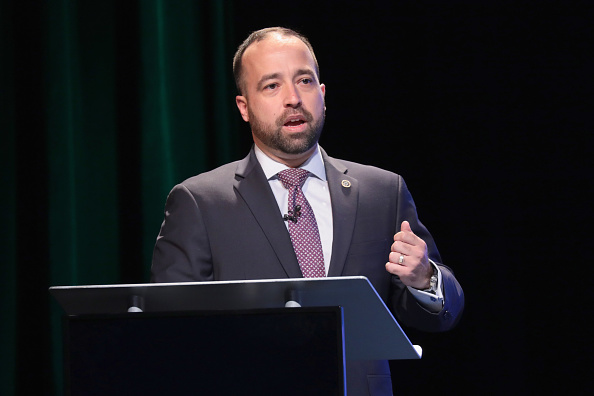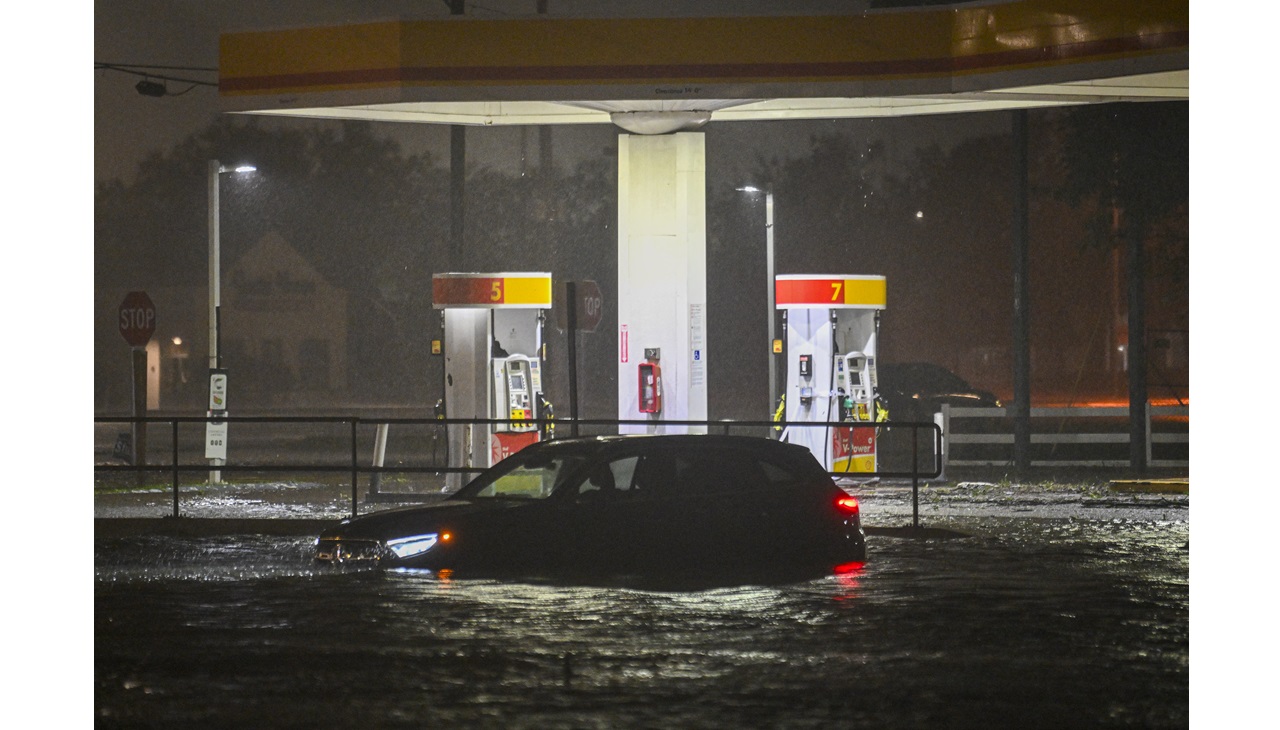
Puerto Rico still struggling to recover from Maria and Irma
With an unprecedented recovery, a bankrupt island, and a new system for approving disaster funds, Puerto Rico’s recovery efforts are moving very slowly.
The recovery from the biggest natural disaster in Puerto Rico continues to be challenging, hurt by bureaucratic delays.
On September 6, 2017, Hurricane Irma, a category five storm, skirted Puerto Rico and approximately two weeks later that island was hit by a category four storm, Hurricane Maria.
The two storms combined to “represent the worst natural disaster our island has ever seen,” stated Omar Marrero, the Executive Director of Central Office for Recovery, Reconstruction, and Resilience (COR3) in Puerto Rico.
Marrero was one of three witnesses to testify in front of the House Homeland Security Committee in a hearing entitled “Road to Recovery: Puerto Rico and the US Virgin Islands after Hurricanes Irma and Maria.”
During his opening remarks, Marrero described the conditions nearly two years after the storms hit.
“Nearly two years later, over 300,000 children attend schools which have not been rebuilt, and many of them still have to go home to houses with a full dark roof. It has been life changing for nearly everyone on the island,” Marrero said.
He acknowledged that many of the problems with reconstruction are self-inflicted.
“There’s no question that decades of underinvestment and lack of adequate maintenance contributed to the great deal of damage on the island,” he said.
He added that bureaucratic problems have also contributed to a chaotic recovery effort.
“Unfortunately, this unique disadvantage has been exacerbated by a series of federal agency decisions that have slowed the disaster recovery compared to those of other jurisdictions stateside,” he said.
Marrero said that a change in the way that the Federal Emergency Management Agency (FEMA) has gone about approving recovery grants.
Puerto Rico’s financial situation has also hampered recovery efforts; the island had recently filed for bankruptcy and had little cash when the storms hit.
As such, whereas New York, which was hit by Hurricane Sandy, could immediately get to work on recovery efforts using its own funds, Puerto Rico is reliant almost entirely, Marrero said, on funds from the U.S. federal government.
New York also received funds from FEMA, but unlike Puerto Rico, the recovery efforts could move forward without waiting for federal funds which were used to replenish its own funds.
Chris Currie is the Director of Homeland Security and Justice at the U.S. Government Accountability Office (GAO) and in his opening written statement, he described the new FEMA system to approve grant funds.
RELATED CONTENT
“The Sandy Recovery Improvement Act of 2013 authorized the use of alternative procedures in administering the Public Assistance program, thereby providing new flexibilities to FEMA, states, territories, and local governments for debris removal, infrastructure repair, and rebuilding projects using funds from this program. Unlike in the standard Public Assistance program where FEMA will fund the actual cost of a project, the Public Assistance alternative procedures allow awards for permanent work projects to be made on the basis of fixed-cost estimates to provide financial incentives for the timely and cost-effective completion of work.
Under these procedures, if the actual cost of the project exceeds the fixed-cost estimate agreed upon by FEMA and the recipient, the recipient or subrecipient is responsible for the additional costs at the time of the close-out process. However, if the actual cost of completing eligible work for a project is below the estimate, the recipient may use the remaining funds for additional cost-effective hazard mitigation measures to increase the resilience of public infrastructure. In addition, these funds may also be used for activities that improve the recipient’s or subrecipient’s future Public Assistance operations or planning.
“In October 2017, Puerto Rico requested, and FEMA approved, the use of the alternative procedures program for all large-project funding for Public Assistance permanent work projects in categories C through G. Although FEMA had approved alternative procedure grants in 30 states as of April 2018, in these cases, alternative procedures were used on a project-by-project basis. Puerto Rico’s recovery from the 2017 hurricanes is the first recovery to use alternative procedures for all large permanent work projects.”
Marrero said the new system has caused delays in approving grants to Puerto Rico.
“We’re talking about thousands of estimates (for projects needing grants) that have to be agreed, and we only have 48 that have already been agreed,” Marrero said.
During the question and answer period, Currie noted that the new system for approving grants may be more efficient in the long run, but that part of the problem is that a new system is being implemented during a complex recovery effort.
“The goal of going to this process (the alternative grant funding) was to wrap all this up together to try to get to general agreements so years down the road we’re not going back and forth.” Currie said. “I don’t think the goal was wrong to try to make this more efficient. The problem is no one’s done this before and then you overlay on top of a recovery in both places that’s more complicated than any recovery in our history.”
Currie noted that with the old system, which approved grants for each individual project, has caused FEMA to continue approving projects in Mississippi and Louisiana for Hurricane Katrina relief, even though Katrina hit in 2005.
One witness who was not at the hearing was a representative of FEMA.
As the chair of the sub-committee who hosted the hearing - Congressman Donald Payne a Democrat from New Jersey - noted, this was not for an invitation from the committee.
“As everyone can see, we have a critical witness absent from today’s hearing. FEMA is a no show. FEMA was notified about this hearing two months ago but would not confirm a witness,” he said.










LEAVE A COMMENT:
Join the discussion! Leave a comment.